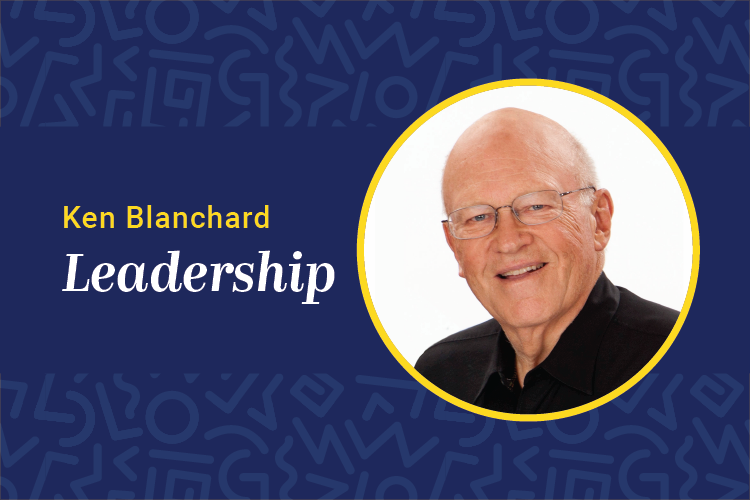
Every day, leaders around the world have the opportunity to choose to serve others instead of themselves. But when you look at leaders of businesses, churches, educational institutions or even countries, it’s clear that many have chosen to be self-serving rather than to serve.
Why is that? It’s because leaders everywhere have been conditioned to think about leadership only in terms of power and control. They don’t have a different leadership role model. People need a better benchmark for leadership if they are going to lead their organizations at a higher level.
For years, my colleagues and I defined leadership as an influence process. We believed any time you tried to influence the thoughts and actions of others toward goal accomplishment, you were engaging in leadership. In recent years, though, we have taken the emphasis away from goal accomplishment. We now define leadership as the capacity to influence others by unleashing their power and potential to impact the greater good.
Why did we make that change? Because we know most leaders who are focused mainly on goal accomplishment are interested only in results. When people lead at a higher level, goal accomplishment is not enough. The key phrase in our new definition is the greater good — what is best for all involved.
It is possible for leaders who place an emphasis on goal accomplishment to be successful — in the short run. What falls by the way-side is the condition of the human organization. These leaders don’t care about morale and job satisfaction, only results. From there it is a short leap to believing the only reason to be in business is to make money. These leaders have an either/or philosophy about people and results — they believe you can’t focus on both at the same time.
But people who lead at a higher level have a both/and philosophy: The development of people is just as important as financial performance. Their focus is on both long-term results and human satisfaction. When this process is in place, self-serving leadership is not possible. Why? Because when you lead at a higher level, you realize it’s not about you — it’s about the people you serve.
Over the years, we have found that people who lead at a higher level do four things well. They:
• Set their sights on the right target and vision.
• Treat their people right.
• Treat their customers right.
• Have the right kind of leadership.
This kind of leadership begins with a vision. Jesse Lyn Stoner and I wrote a book called “Full Steam Ahead!” about the power of visioning. A compelling vision tells your organization who you are (purpose), where you’re going (picture of the future) and what guides your behavior and decisions (values).
Your company’s purpose is its reason for existence. It answers the question why. It clarifies what business you are really in. Your picture of the future is a mental image you can actually see of what the future will look like if your organization is successful. Your values are how your organization defines leadership and how people act on a daily basis.
A compelling vision creates a strong organizational culture where everyone’s interests and energy are aligned. This results in trust, customer satisfaction, an energized and committed workforce, and profitability.
We believe your number one customer is your people. If you don’t empower your people and treat them right, they won’t take care of your second most important customer — the people who use your products and services. If that happens, you won’t get your desired results in the long run. Good customer service requires an empowered, motivated workforce. Without it, your organization won’t survive.
My travels over the years through organizations of all shapes and sizes have convinced me that the right kind of leadership is servant leadership. Servant leadership is grounded in humility and focused on the greater good. Through servant leadership, leading at a higher level can become a reality.
For years, my dream has been that someday, everyone will know someone who is leading at a higher level. Self-serving leaders will be a thing of the past, and leaders all over the world will be people who, as Robert Greenleaf said, “serve first and lead second.”














